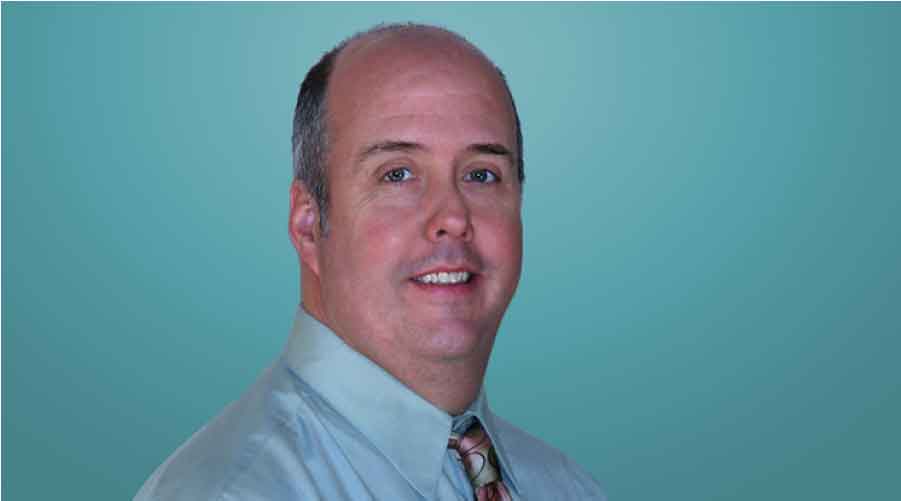How to Lead a High-Performance Asset Management Organization
Make proactive, strategic decisions based on accurate, enterprise-wide forecasts of facility requirements.
By Jim Turner, Facility Influencer
In 2024, facility executives face a challenging environment where post-COVID-19 issues, such as labor shortages, supply chain struggles, inflation and return-to-work policies, are impacting operations. There’s no shortage of opportunity either, as we seek to improve sustainability and resilience. Even so, there is a need to focus on the core skill of asset management: creating life-cycle value through facilities acquisition, operations and maintenance, renewal and disposal.
A high-performance asset management approach draws from the project management professional community to propose a maturity model concept for facilities leaders. The idea is to build a foundation on asset inventory and other basic capabilities, then to add competencies that support a transition from tactical, transaction-based decision-making to a proactive, strategic approach that is based on accurate, enterprise-wide forecasts of requirements.
Guideposts for the journey
To get started on the journey, let’s establish some basic concepts to guide us:
What is asset management? Falling within the broader scope of facilities management, asset management focuses on creating maximum value for the organization, using metrics like utilization and total cost of ownership to improve facility function and utility.
What do we mean by high performance? It is a value-driven approach to supporting business goals through investment in people, processes, and the physical environment, seeking industry leadership through these initiatives.
What is a maturity model? This is the journey part of the concept, based on performance goals and assessing current conditions and mapping the steps needed to achieve the desired end state. We’ll outline a maturity model by describing a few focus areas that support the drive toward high-performance asset management.
The foundation
High-performing asset management organization need to master three vital capabilities, or competencies: establishing the organization, knowing the scale of the assigned asset inventory and setting governance rules.
Starting with the organizational competency, understanding the scope of the assigned asset management tasks is fundamental. Tasks begin with setting facilities planning strategies and progress through tactical assignments, such as capital budgeting, maintenance and repair budgeting and space planning and utilization management. The role includes property management, or executing the maintenance and repair tasks, including supporting other operational tasks that keep the facilities running.
The second competency is understanding the scale of the assigned asset inventory. Answering a few questions will help to design the asset management organization and governance rules:
- How many facilities and locations are there?
- Are the facilities owned, leased, or is the portfolio mixed?
- How much facilities management work will be done by the organization, and how much will be outsourced to vendors?
Capturing a complete asset inventory is vital, starting with knowing your locations and the property and buildings at each one. Next, break down the buildings into key systems, including the structure, power, cooling and utilities – the elements that ensure that the building works. Lastly, systems can be broken down into component equipment, then assemblies and finally parts. You’ll want to have a plan for maintaining them and understanding what sorts of spares need to be kept on hand based on criticality.
With these essentials defined, the organizational competency is completed by defining governance policies for asset management. You’ll need staffing plans, job descriptions, certification management and on-the-job training. You’ll also need process tools, such as standard operating procedures, rounds checklists and purchasing and vendor management tools. Finally, you’ll need emergency response procedures for critical equipment, as well as a change management process for large-scale repairs and capital upgrades.
Together, these first three competencies are the minimum essential capabilities for developing the high-performing asset management organization. The next step, creating sustainable operations, builds on this solid foundation.
Transitioning to a sustainable approach
With basics in place, the next step is to ensure the improvements are sustainable by developing performance management competencies. The focus moves to making sure the facilities leader can access the management information needed for decision making by putting in place processes and systems that allow for the best use of resources, whether they are human capital or investment funds.
Since the organization’s approach to maintenance has a significant impact on the value of its assets, maintenance is the first process to consider on the journey to high performance. Based on value, criticality or function, organizations choose either preventive maintenance – regular, planned and scheduled activities usually driven by timeframes, that lessen the likelihood of breakdowns and failures— or predictive maintenance, which is a data-driven approach that identifies changes in operational performance or potential equipment defects and attempts to do repairs before failures happen, avoiding unplanned outages and minimizing preventive maintenance costs.
Managing costs underscores the high-performance approach, and sometimes facilities leaders have to make decisions based on the funding available for the job. If the funding doesn’t cover the full requirement, planned maintenance may be postponed, leading to deferred maintenance. Again, it is important to understand the business impacts of deferment decisions, since postponement has the potential for creating larger problems downstream.
Our industry uses many key performance indicators for measuring the effectiveness of the maintenance program. Some are operational measures, such as the frequency of activities or downtime durations, while others are financial, such total cost of ownership. A final measure to have in place is the facility condition index (FCI), calculated as deferred maintenance divided by replacement value. Leaders can use FCI to set facilities budgets as a percentage of replacement value or by quantifying a reduction of deferred maintenance to achieve.
Most facility management organizations have information systems in place, whether they are enterprise tools, workplace management tools or maintenance management tools. Since the facilities leader needs to be able to access information to do the job, there might still be a call for a new tool or process – adding a capability to an existing system or procuring a new application for a specialized need.
A four-step analysis supporting this kind of budget request can be summarized as defining the business goal, defining the capabilities needed, assessing the tradeoffs (capabilities, data security, system uptime, and costs) and combining these into a business case that justifies the purchase.
Achieving high-performing operations
The final step in achieving high-performance asset management is being able to make good short-term and long-term decisions about allocating resources. Following the path from the essential first steps and sustainability-focused interim steps, the facilities leader can access foundational knowledge about assets and condition and use this knowledge to make informed decisions.
Most organizations have a short-term business plan of two to three years, where capacity requirements are well understood. During this timeframe, the facilities leader focuses on making specific investments to address emerging requirements. Budget needs are defined so the challenge is managing pop-up issues that might arise equally from needed repairs and improvements or from new laws or regulatory requirements.
Long-term planning, beyond a three-year horizon, is a best guess environment. Plans are general and sometimes even conceptual, so the facilities leader needs to tune in to the direction of the business. An annual planning process to ensure alignment with the business’s goals and inform the long-range plan includes the following steps:
- validate business drivers for the next phase of operations
- assess the impact on existing facilities portfolio and identify needs for additional investments
- update facilities condition to understand short-term project requirements
- define, estimate costs, and prioritize the projects
- establish budget needs for maintenance and operations
- finalize and publish a regular strategic facilities plan.
The strategic facilities plan embodies the high-performance asset management approach. It begins with an understanding of the current facility portfolio, assesses the way the facilities support ongoing and planned business activities and justifies budget requests. Metrics, such as facility condition and total cost of ownership, are built into the operation, allowing regular feedback on the status of the operation in a virtuous cycle of performance improvement.
Leaders need to reconsider they way they can get back to the goal of creating life-cycle value for the assets they manage, especially as the economy continues to recover from the impacts of the pandemic. The life-cycle asset management approach – facilities acquisition, operations and maintenance, renewal and disposal – provides a lens for considering ways to progress from a basic, essential operation to one that creates and enhances enterprise value through high-performance operations. A maturity model concept, borrowed from the project management professional community, can be an effective road map for achieving the goal of high-performance asset management.
Jim Turner serves as a trusted advisor to real estate and facilities leaders with a focus on critical infrastructure and buildings. His expertise covers the built environment life cycle, including planning, design, construction, operations and disposal. His work often features strategic planning; project development; construction and program management; cost analysis; operations and maintenance planning; organizational design; strategy and change management; and workflow design. He has tenure with several leading engineering-architecture-constructions firms, including Jacobs and AECOM.
Related Topics:












